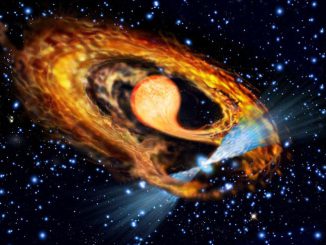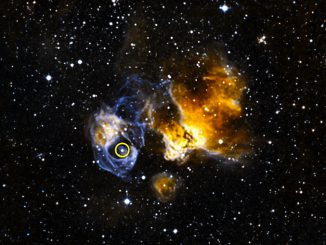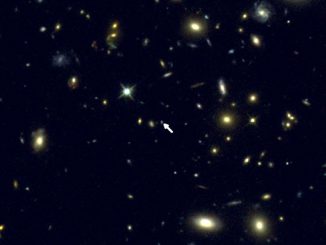
Keck Observatory captures rare high-resolution images of exploded star
Scientists will now be able to measure how fast the universe is truly expanding with the kind of precision not possible before. This, after an international team of astronomers led by Stockholm University, Sweden, captured four distinct images of a gravitationally lensed Type Ia supernova, named iPTF16geu.









